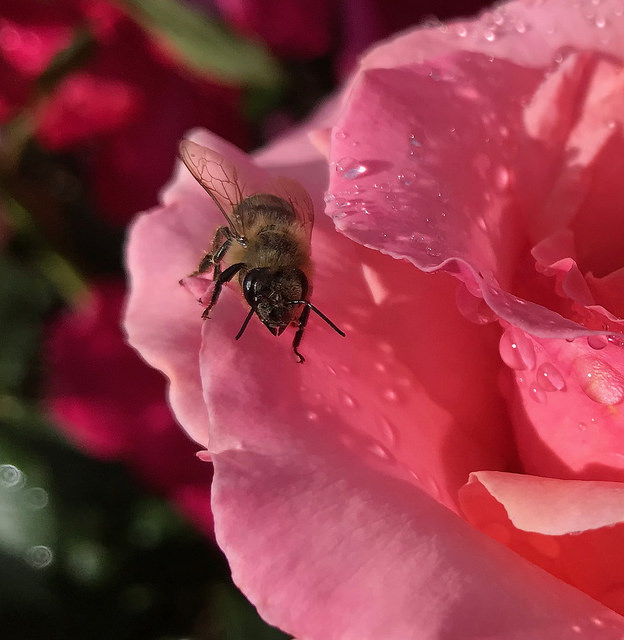Last month Trinity College Dublin released a study* that identifies how the brain functions when prāṇāyāma helps us to focus. The study revealed activity in an area of the brainstem, the locus coeruleus, which produces noradrenaline. This chemical helps us to focus our thoughts and emotions. When we’re stressed out or anxious, too much noradrenaline is produced and we have a hard time focusing. When we’re feeling blue, too little is produced and the result is a difficult time focusing. There is a sweet spot, we need just enough noradrenaline to function best.
I’ve been sharing this information with my students, noting how both mindful breathing and focused breath control, prāṇāyāma exercises, help the locus coeruleus to produce just enough noradrenaline to help us focus. In regards to aging brains, this study begins to look into why the longtime meditators have more “youthful” brains; losing less mass than brains of non-meditators. Reduced loss of brain mass may be related to a lowered risk of dementia.
It may be that the state of just enough noradrenaline is the state in which our brain makes new connections, helping us to maintain neuroplasticity. This is not only promising in regards to aging, but also significant in how we approach living with ADHD and PTSD. Empowering people with tools they can use, on their own, anywhere would not only provide relief and support, but rebuild the sense of capability for someone who may feel helpless in the face of anxiety, anger, and depression. I know in my own journey with C-PTSD, prāṇāyāma helped me feel less powerless, particularly when I’m anxious. I love that prāṇāyāma is not only a tool to help in the moment, but that it may support long-term healing through rebuilding connectivity in the brain.
Learning about the function of the locus coeruleus was not only fascinating from a neuroscience perspective, but it resonates with me in my practice as well. In Buddhist practice, we often refer to our path as the Middle Way. This often is related to a tale of a musician going to the Buddha for advice on how to practice. The Buddha responded by asking the musician about the strings on a sitar; what would happen if they were too tight? What if they’re too loose? The musician responded that when too tight, the strings break, and when too loose, no sound is produced.
“That is how you practice. Neither too tight or too loose.”, is said to have been the Buddha’s reply. That is the middle way.
This is an important lesson to take into the whole of our practice. Not being too rigid in any way and keeping enough discipline that we’re not slack. In Western society we’re all too often encouraged to “give 110%”, which is the very definition of too much and explains why burnout is so common. I myself lived many years practicing along the “too tight” mindset and was nearly hospitalized due to exhaustion.
Not only has rediscovering the middle way of practice been a huge benefit for me personally, it has informed the work I do with older adults. Now the majority of my clients and students are age 60 and above, I find myself guiding others in how to find the middle path between challenge and rest. Exploring together a practice of allowing ourselves to make just enough effort that we can feel exertion, but are present, breathing, and even enjoying our bodies. A practice focused on “Just Enough” creates space for my students to be more forgiving to their bodies, less stuck in the energy-draining efforts of resisting and denying the changing of the body.
*There’s a great summary of the study available from Trinity College Dublin as well.

